Early approval of factory construction site
Infrastructure for nuclear power development of a country is a necessary condition to allow the country to decide on the policy and organize the implementation of the first nuclear power project according to the guidance of the International Atomic Energy Agency (IAEA). It includes general infrastructure with 19 issues according to IAEA-NG-G-3.1 and 20 safety infrastructure issues according to IAEA-SSG-16. These infrastructures help a country to develop nuclear power to ensure safety, security and non-proliferation of nuclear weapons according to common international standards.

The IAEA has divided the first nuclear power project into 3 milestones: milestone 1 is deciding on the investment policy; milestone 2 is organizing the selection of construction contractors; and milestone 3 is putting the first generator into operation to generate electricity. Corresponding to the 3 milestones mentioned above are 3 preparation stages related to the elements of the infrastructure for nuclear power development that must meet certain requirements at these 3 milestones.
We are preparing to implement the Ninh Thuan 1 and Ninh Thuan 2 nuclear power projects as requested by the Politburo . The Government, ministries, branches and localities need to pay attention to a number of issues.
First of all, regarding legal procedures, the site must be approved before site clearance can be carried out. Nuclear power plant sites have their own specific requirements regarding nuclear safety and security for the plant itself and for local residents. Site approval procedures also require time for assessment by the National Agency for Radiation and Nuclear Safety, after the investors have completed the site approval dossier. Currently, the investors have not yet completed the site approval dossier. If we immediately implement site clearance compensation while the plant site has not been approved, what will happen if the site approval later does not meet the requirements or the exact location of the reactor has to be adjusted?
Therefore, it is necessary to approve the construction site of the nuclear power plant as soon as possible to have a basis for resettlement and site clearance in the area. Investors must consider this a priority issue. Focus on processing and completing the documents of the Russian Consultant (E4) and the Japanese Consultant (JAPC), hire international consultants to re-evaluate before submitting to the National Agency for Radiation and Nuclear Safety for appraisal and approval.
Currently, the "ball" is in the hands of the investors. After the investors submit their documents to the National Agency for Radiation and Nuclear Safety, this agency must also urgently process them to submit for approval of the location according to the provisions of the Law on Atomic Energy (amended) and the guiding documents for implementation, including hiring international consultants for appraisal as in the spirit of Resolution No. 189/2025/QH15 on a number of special mechanisms and policies for investment in the construction of the Ninh Thuan Nuclear Power Project.
Have a clear policy on technology mastery and localization
This will form the basis for negotiating EPC contracts and implementing related projects and schemes.
Accordingly, first of all, there must be a clear national strategy for mastering and localizing nuclear power technology. The goal of the strategy is to become a nuclear power technology supplier like Korea, Japan, France, China or just stop at safely operating and effectively exploiting imported nuclear power plants like Taiwan. This question must be answered first because it will guide us in negotiating with partners on EPC contracts, training and developing human resources and developing related industries.
In addition, we are currently implementing two nuclear power plants at the same time with two different partners, using different technologies. So how do we master and localize the technology? Mastering and localizing both technologies will be costly in investment and the market is not available.
Experience in Korea shows that, at first, they also did two projects with two different partners, the United States and Canada, but they only implemented the policy of mastery and localization to become a nuclear power technology supplier with only Westinghouse technology (USA). In addition, currently, according to Resolution No. 70-NQ/TW, we are also interested in small module nuclear power technology (SMR). These issues need to be clarified in the national long-term nuclear power development program (Program).
After agreeing on the objectives and contents of the Program, we will start implementing related projects and proposals, including requirements for EPC contracts to negotiate and sign contracts, complete the legal framework, train and develop human resources, develop related industries and cooperate internationally with international partners.
In fact, it took Korea 16 years from the start of its first nuclear power project in 1971 to 1987 to be able to be the EPC General Contractor for a nuclear power project using Korean technology. The current state of Vietnam's economy as well as the necessary conditions for nuclear power development are better than Korea in the 1970s. Therefore, we will significantly shorten the time to be able to fully master the technology and become a nuclear power technology supplier with the Vietnamese brand from 1.5 to 2 times compared to Korea in the 1970s, that is, it will take 8 to 10 years to become a nuclear power technology supplier.
In the 1970s, South Korea had to go through 10 projects to become completely self-sufficient in technology. In the 2010s, China only needed 4 projects to become completely self-sufficient in nuclear power technology imported from Westinghouse. The key issue lies in building a long-term national nuclear power development program with clear goals and tasks, on the basis of absorbing good experiences in the world, ensuring enough resources and organizing and implementing it vigorously.
Source: https://daibieunhandan.vn/hai-luu-y-khi-trien-khai-du-an-dien-hat-nhan-ninh-thuan-10394006.html







![[Photo] Prime Minister Pham Minh Chinh chairs the second meeting of the Steering Committee on private economic development.](https://vphoto.vietnam.vn/thumb/1200x675/vietnam/resource/IMAGE/2025/11/01/1762006716873_dsc-9145-jpg.webp)
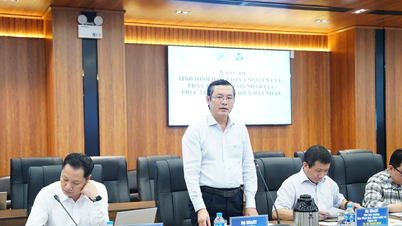



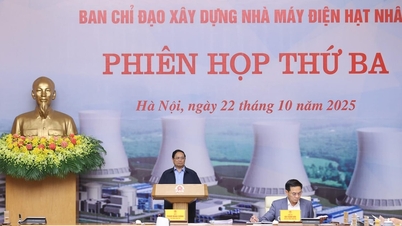




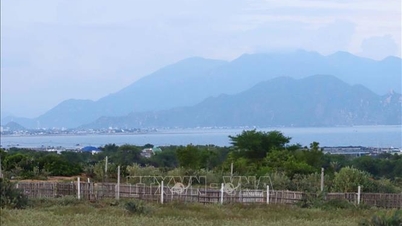



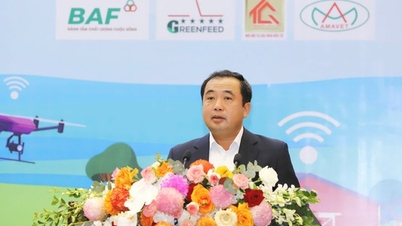

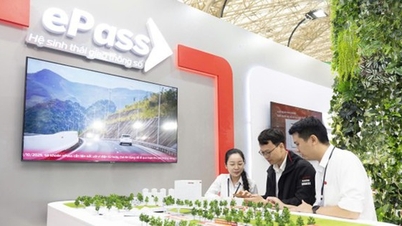







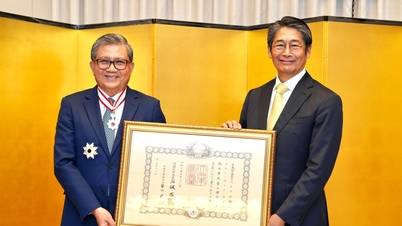







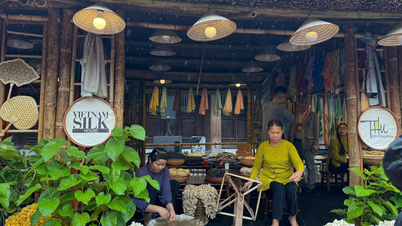





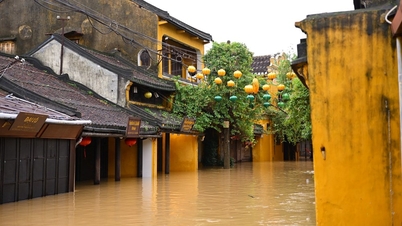



























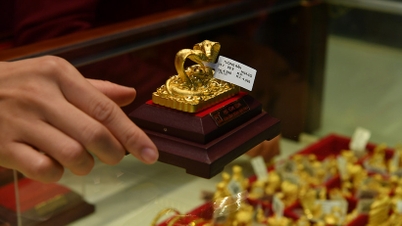

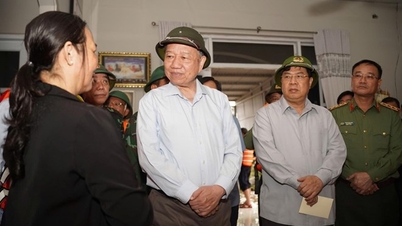





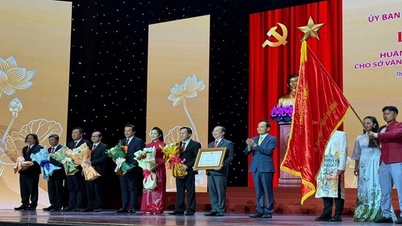

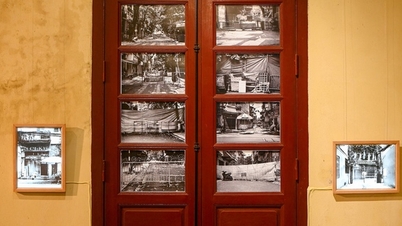


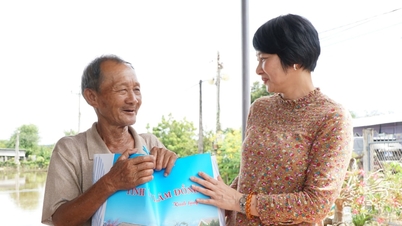







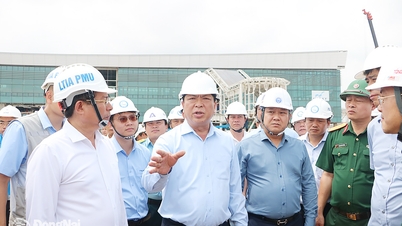















Comment (0)